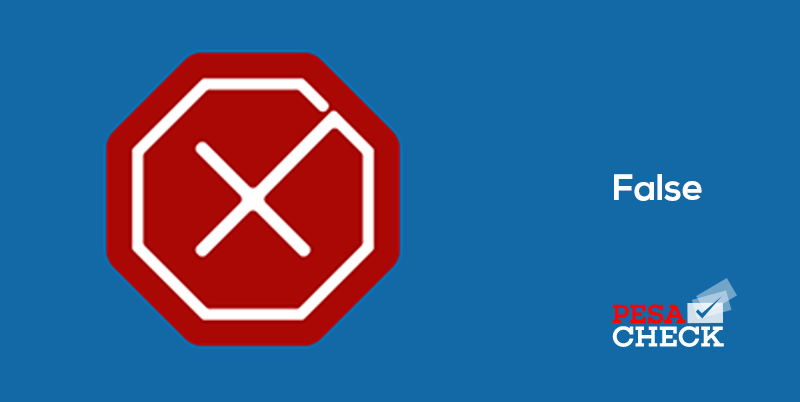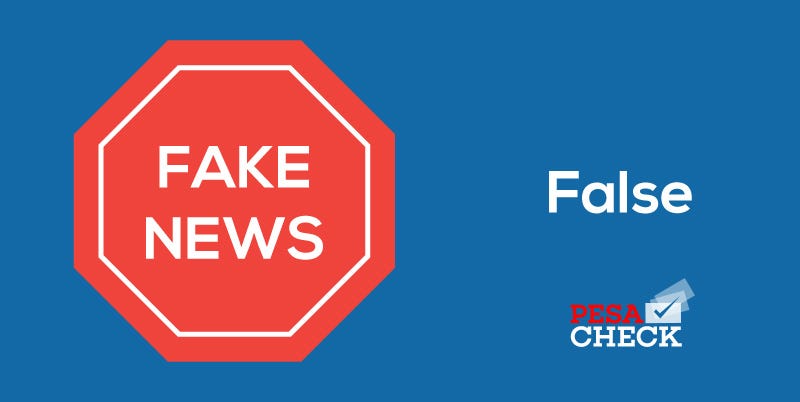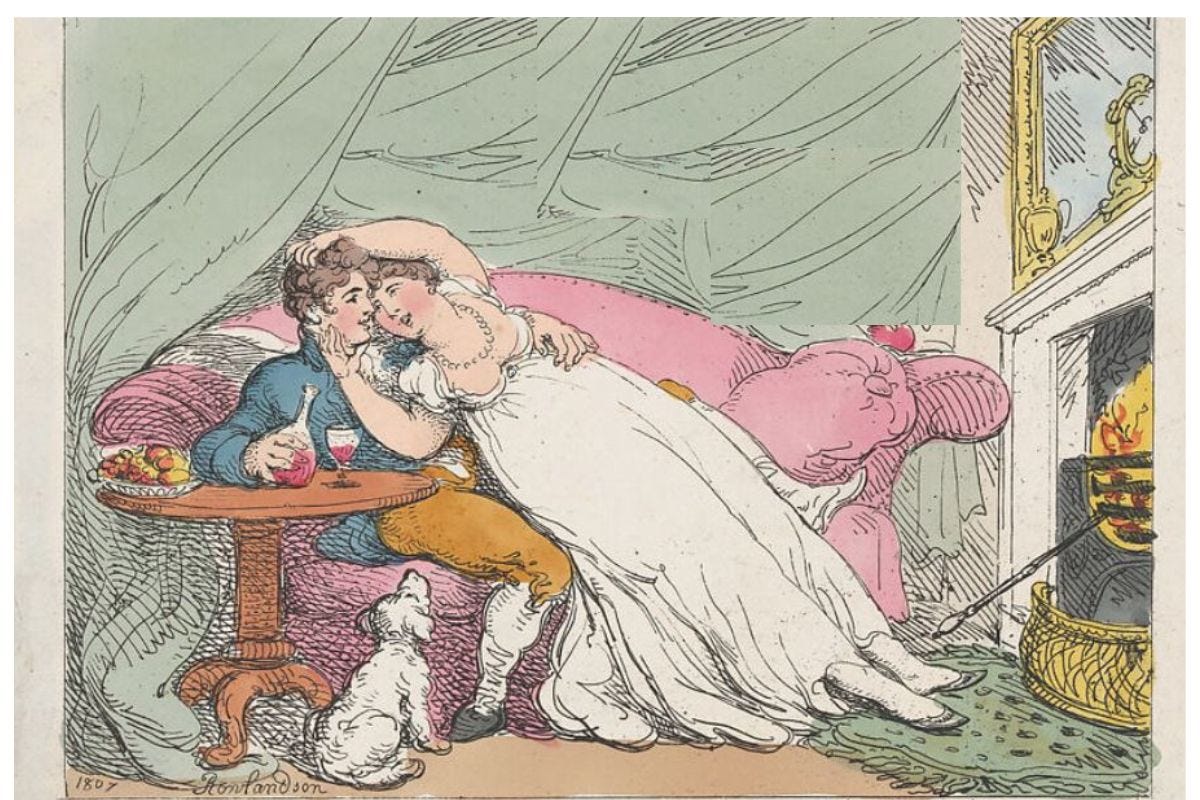FALSE: This video does not prove that chemtrails exist
Condensation trails can suddenly stop or disperse, and scientists have found chemtrails is a conspiracy theory.
This video, claiming to be proof that chemtrails are real, is FALSE.
The footage, posted on Twitter, shows an aeroplane leaving a vapour trail which suddenly stops. This, according to the claim, proves that it is not a condensation trial but a sprayed chemical (chemtrail) to alter the weather.
However, the video only shows a normal condensation trial, and is not proof of weather manipulation via a sprayed chemical agent.
A condensation trail or contrail is a long thin cloud formed by an aeroplane flying at high altitude and cold temperatures. It is composed of ice crystals that are formed when jet engine exhausts saturate already humid air.
Contrails are usually found between 7,600–9,200 metres above the surface. They can remain in the sky for up to an hour if the temperature is cold and the air is humid enough.
This is contrary to the claim that contrails can be interrupted as in the claim video and other images of condensation trials.
The reason for the interruption is that the atmosphere is not uniform, and can contain pockets of warmer, drier air which prevent the ice crystals in contrails from forming, or disperse quickly. Contrails can also be dispersed by wind.
Chemtrails are generally seen as a conspiracy theory. There is no evidence supporting their existence. A group of 77 climate scientists said they had not “ever come across evidence” to support the existence of chemtrails.
While contrails do not manipulate weather, they do contribute to climate change. They form artificial cirrus clouds which can reflect heat back to the earth, contributing to temperature rise. These clouds can cover up to 0.2 per cent of the Earth, and contribute a “considerable proportion of aviation’s contribution to global warming”.
PesaCheck has examined a video claiming to be proof of the existence of chemtrails and finds it to be FALSE.
This post is part of an ongoing series of PesaCheck fact-checks examining content marked as potential misinformation on Facebook and other social media platforms.
By partnering with Facebook and similar social media platforms, third-party fact-checking organisations like PesaCheck are helping to sort fact from fiction. We do this by giving the public deeper insight and context to posts they see in their social media feeds.
Have you spotted what you think is fake or false information on Facebook? Here’s how you can report. And, here’s more information on PesaCheck’s methodology for fact-checking questionable content.
This fact-check was written by PesaCheck climate change fact-checker Christiaan van der Merwe and edited by PesaCheck senior copy editor Cédrick Irakoze and acting chief copy editor Francis Mwaniki.
The article was approved for publication by PesaCheck’s managing editor Doreen Wainainah.
PesaCheck is East Africa’s first public finance fact-checking initiative. It was co-founded by Catherine Gicheru and Justin Arenstein, and is being incubated by the continent’s largest civic technology and data journalism accelerator: Code for Africa. It seeks to help the public separate fact from fiction in public pronouncements about the numbers that shape our world, with a special emphasis on pronouncements about public finances that shape government’s delivery of Sustainable Development Goals (SDG) public services, such as healthcare, rural development and access to water / sanitation. PesaCheck also tests the accuracy of media reportage. To find out more about the project, visit pesacheck.org.
PesaCheck is an initiative of Code for Africa, through its innovateAFRICA fund, with support from Deutsche Welle Akademie, in partnership with a coalition of local African media and other civic watchdog organisations.
6 min readAug 16
—









